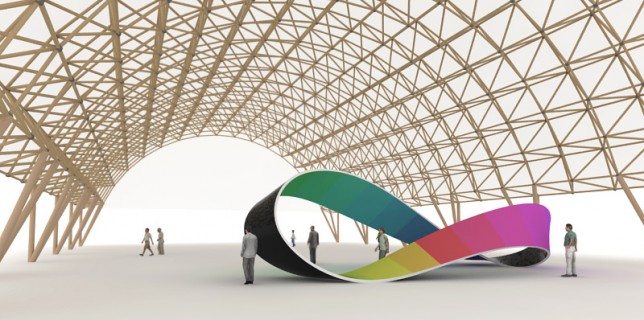Thoughts about Laurence Tratt’s Article “Can We Retain the Benefits of Transitive Dependencies Without Undermining Security?”
This is a comment on Laurence Tratt’s blog article “Can We Retain the Benefits of Transitive Dependencies Without Undermining Security?” discussed in the context of the Flow Design approach. Indeed, it becomes more and more terrible to see how the transitive dependencies are becoming overwhelming (just think about the NPM transitive dependencies trees for non-trivial applications). This is definitely a challenge for the future of programming and software development which needs to be tackled. And, I agree with your conclusion that some combination of privilege separation and compartmentalization (like actors) are needed at the end. I’m part of a community Continue reading Thoughts about Laurence Tratt’s Article “Can We Retain the Benefits of Transitive Dependencies Without Undermining Security?”
